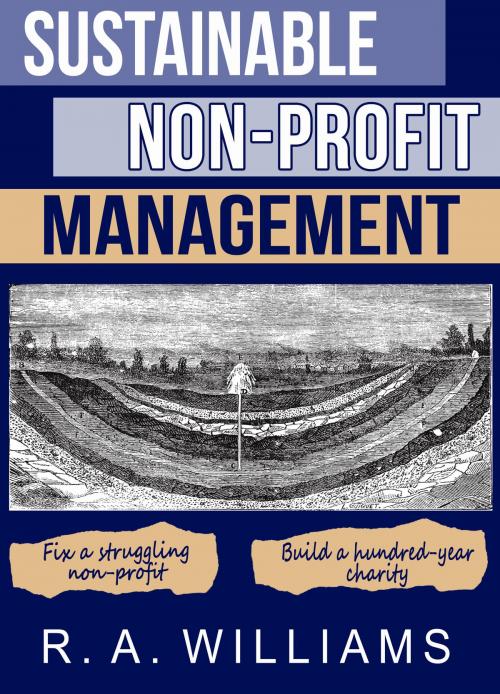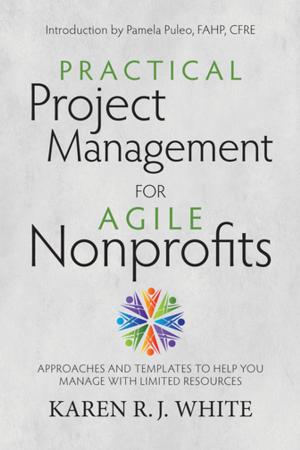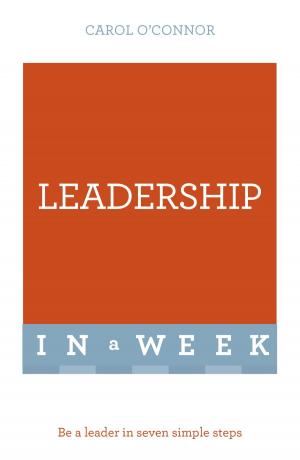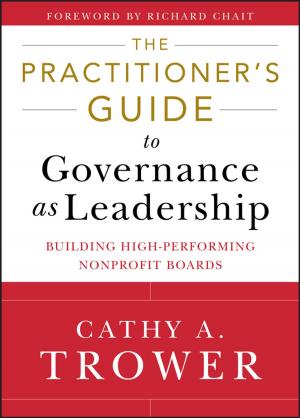Sustainable Non-Profit Management
Business & Finance, Accounting, Budgeting, Industries & Professions, Nonprofit Organizations & Charities| Author: | R A Williams | ISBN: | 9781370402847 |
| Publisher: | R A Williams | Publication: | December 31, 2016 |
| Imprint: | Smashwords Edition | Language: | English |
| Author: | R A Williams |
| ISBN: | 9781370402847 |
| Publisher: | R A Williams |
| Publication: | December 31, 2016 |
| Imprint: | Smashwords Edition |
| Language: | English |
This book is about charity management in the United States. It is intended for people who want to run their church, charity, or other not-for-profit corporation in a healthy, responsible, and sustainable way. It also contains hard-hitting descriptions of what happens when good intentions go awry and when charity administrators make bad, shortsighted decisions that are based on a flawed understanding of basic business law.
The emphasis is on small and regional charities, however the book discusses budgeting, marketing techniques and cash flow analysis techniques that are relevant to national and even global charitable ventures. The book also introduces the concept of "social capital", which is the primary means by which charities operate.
The book begins by introducing some basic business concepts relevant to not-for-profit companies. It discusses corporate structure, cash flow, and the division of operations between program, administrative, and advertising activities. From there, the book introduces techniques to determine whether the charity is running "sustainably": that is to say, in a way that does not exhaust the donor or volunteer pool. The book introduces various ways in which a charity can scale its program to fit the available money and resources.
To run a sustainable charity requires attention to both money and people. The book therefore introduces several easy but previously unpublished tests that allow a reader to quickly determine whether a charity is healthy based on information in its annual report. The book contains techniques to calculate how much money a given set of volunteers should be able to raise, to determine whether a particular group of people is suffering from burnout, to identify which fundraising techniques produce the best return on investment, and to assess the maturity and sustainability of a charity based on the kind of donations it receives.
The reader will learn how to choose fundraising techniques appropriate to the charity's size and program, how to build a volunteer and donor base, how to write a grant proposal, how to create a budget and spending plan that minimizes stress on staff and volunteers, and how to plan for the worst. Different types of insurance and legal protections are discussed, along with instructions about how to find the optimal size and complexity for the charity's program activities.
The book includes detailed instructions for booster clubs and small charities, and describes how to set up and run concessions and other basic fundraisers.
This book is about charity management in the United States. It is intended for people who want to run their church, charity, or other not-for-profit corporation in a healthy, responsible, and sustainable way. It also contains hard-hitting descriptions of what happens when good intentions go awry and when charity administrators make bad, shortsighted decisions that are based on a flawed understanding of basic business law.
The emphasis is on small and regional charities, however the book discusses budgeting, marketing techniques and cash flow analysis techniques that are relevant to national and even global charitable ventures. The book also introduces the concept of "social capital", which is the primary means by which charities operate.
The book begins by introducing some basic business concepts relevant to not-for-profit companies. It discusses corporate structure, cash flow, and the division of operations between program, administrative, and advertising activities. From there, the book introduces techniques to determine whether the charity is running "sustainably": that is to say, in a way that does not exhaust the donor or volunteer pool. The book introduces various ways in which a charity can scale its program to fit the available money and resources.
To run a sustainable charity requires attention to both money and people. The book therefore introduces several easy but previously unpublished tests that allow a reader to quickly determine whether a charity is healthy based on information in its annual report. The book contains techniques to calculate how much money a given set of volunteers should be able to raise, to determine whether a particular group of people is suffering from burnout, to identify which fundraising techniques produce the best return on investment, and to assess the maturity and sustainability of a charity based on the kind of donations it receives.
The reader will learn how to choose fundraising techniques appropriate to the charity's size and program, how to build a volunteer and donor base, how to write a grant proposal, how to create a budget and spending plan that minimizes stress on staff and volunteers, and how to plan for the worst. Different types of insurance and legal protections are discussed, along with instructions about how to find the optimal size and complexity for the charity's program activities.
The book includes detailed instructions for booster clubs and small charities, and describes how to set up and run concessions and other basic fundraisers.















